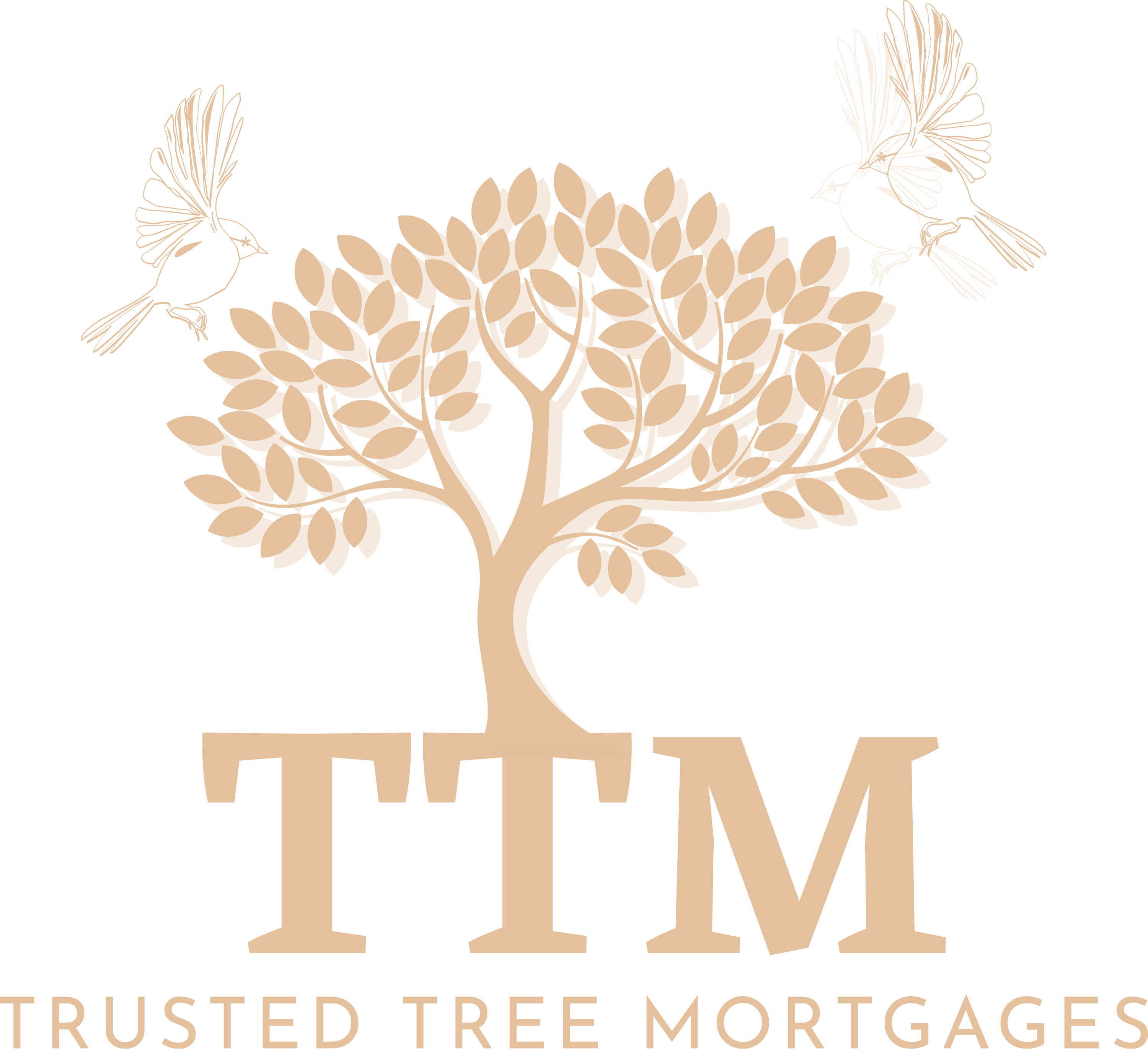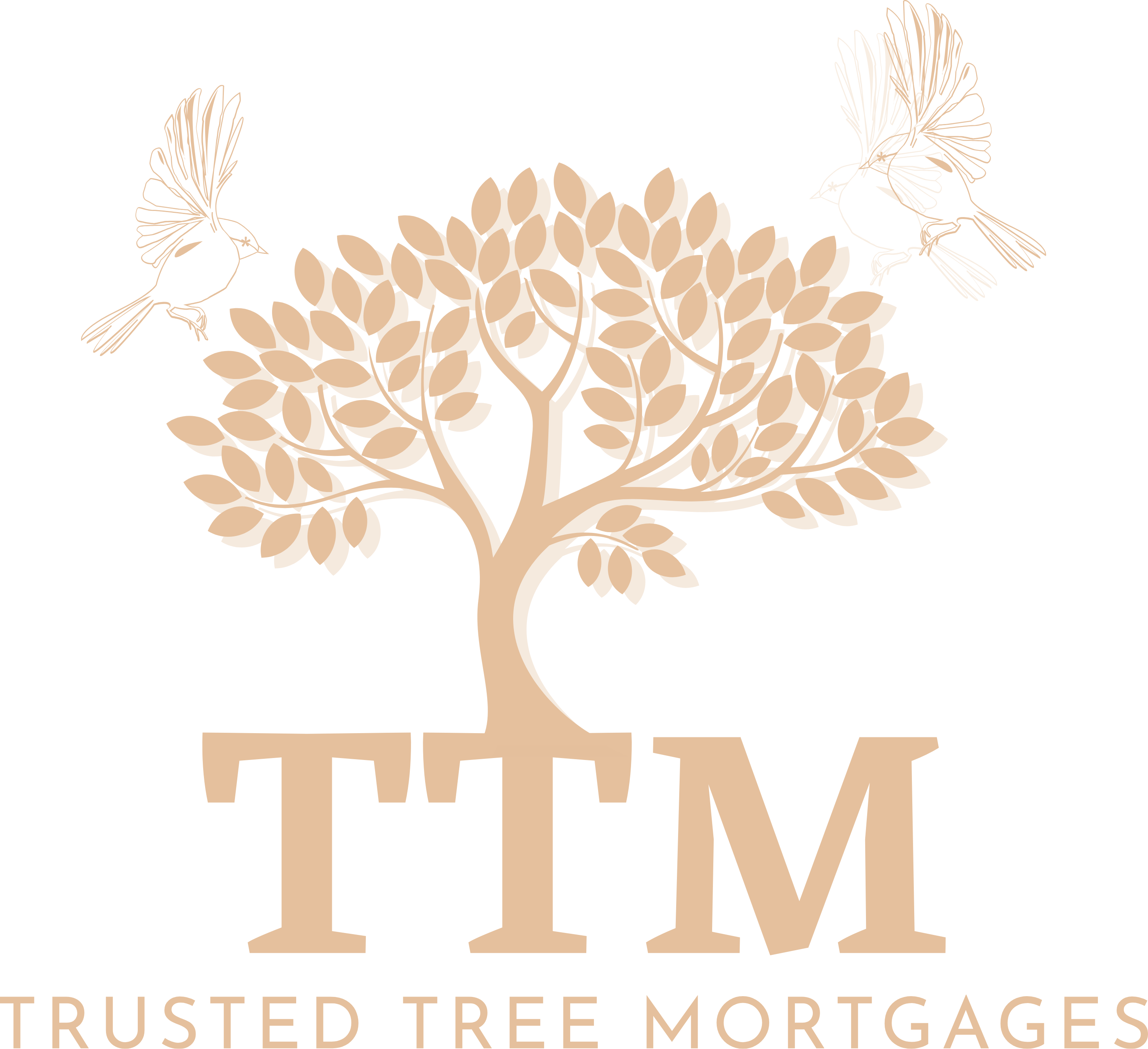What is a Tracker Mortgage?
A tracker mortgage is a type of variable-rate mortgage that follows the movements of a specific benchmark interest rate, typically the Bank of England base rate. This means that the interest rate on your mortgage can go up or down in line with changes to the base rate. Tracker mortgages are designed to provide a transparent and straightforward way to benefit from changes in interest rates.
Key Features:
- Variable Interest Rate: The interest rate on a tracker mortgage is not fixed. Instead, it fluctuates based on the benchmark rate it tracks. For example, if the Bank of England base rate increases by 0.5%, your mortgage interest rate will also increase by 0.5%.
- Margin Above Base Rate: Tracker mortgages usually have an interest rate set at a certain percentage above the base rate. For instance, if the base rate is 1% and your tracker mortgage is set at 1.5% above the base rate, your mortgage rate would be 2.5%
- Introductory Periods: Many tracker mortgages come with an introductory period, typically lasting between one and five years. During this time, the interest rate tracks the base rate. After the introductory period, the mortgage may revert to the lender's standard variable rate (SVR) unless you switch to a new deal
Benefits:
- Potential for Lower Rates: If the base rate decreases, your mortgage interest rate and monthly payments will also decrease, potentially saving you money.
- Transparency: The rate changes are tied to a known benchmark, making it easier to understand how your rate is determined.
- Flexibility: Some tracker mortgages allow overpayments without early repayment charges, giving you the flexibility to pay off your mortgage faster if you have extra funds
Considerations:
- Payment Uncertainty: Since the interest rate can fluctuate, your monthly payments can go up or down. This can make budgeting more challenging, especially if the base rate increases significantly.
- Risk of Rate Increases: If the base rate rises, your mortgage payments will also increase. It's important to consider whether you can afford higher payments if rates go up.
- Caps and Collars: Some tracker mortgages may have caps (limits on how high the rate can go) or collars (limits on how low the rate can go). These features can provide some protection against extreme rate changes but may also limit the benefits if rates fall.











